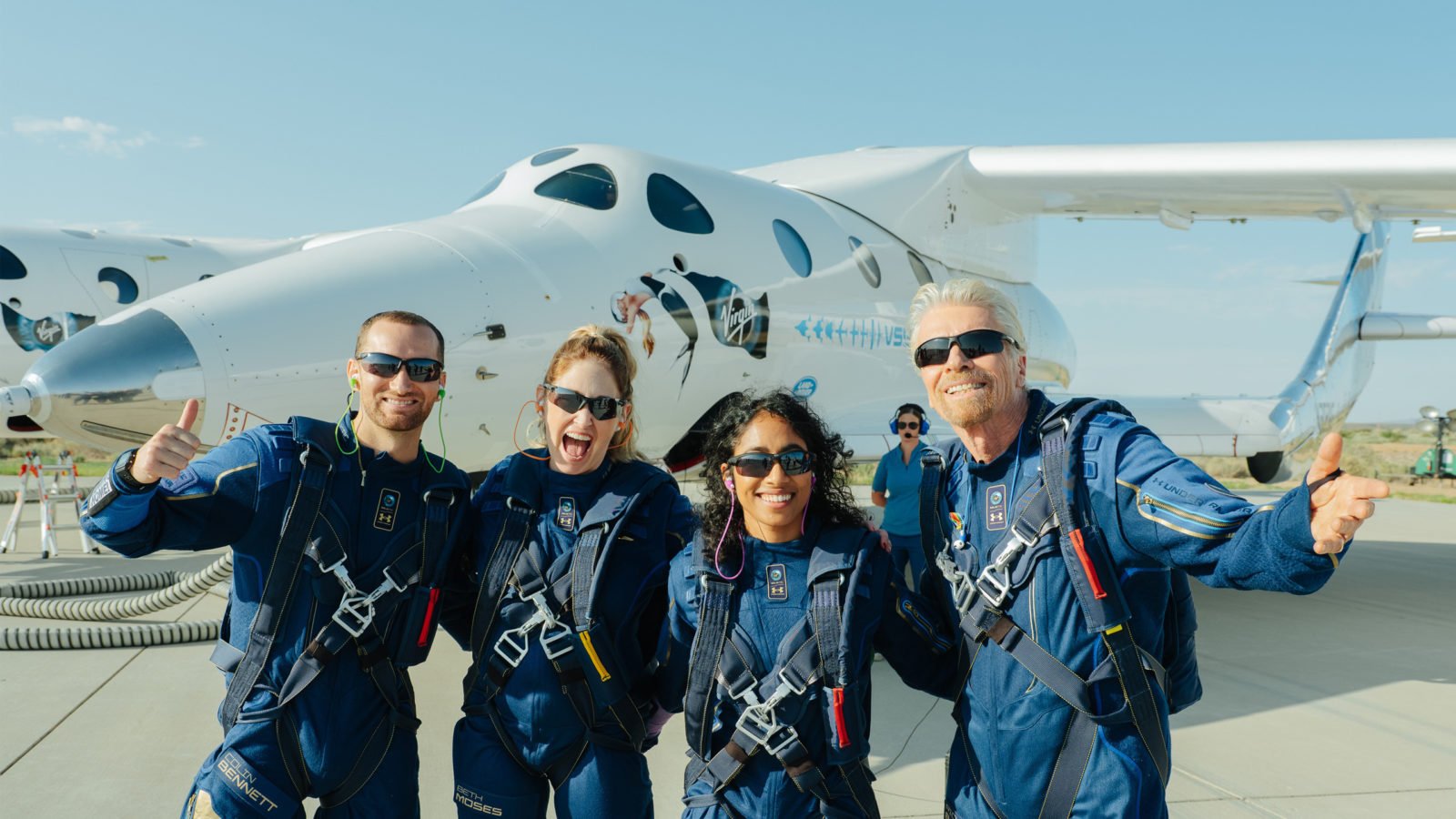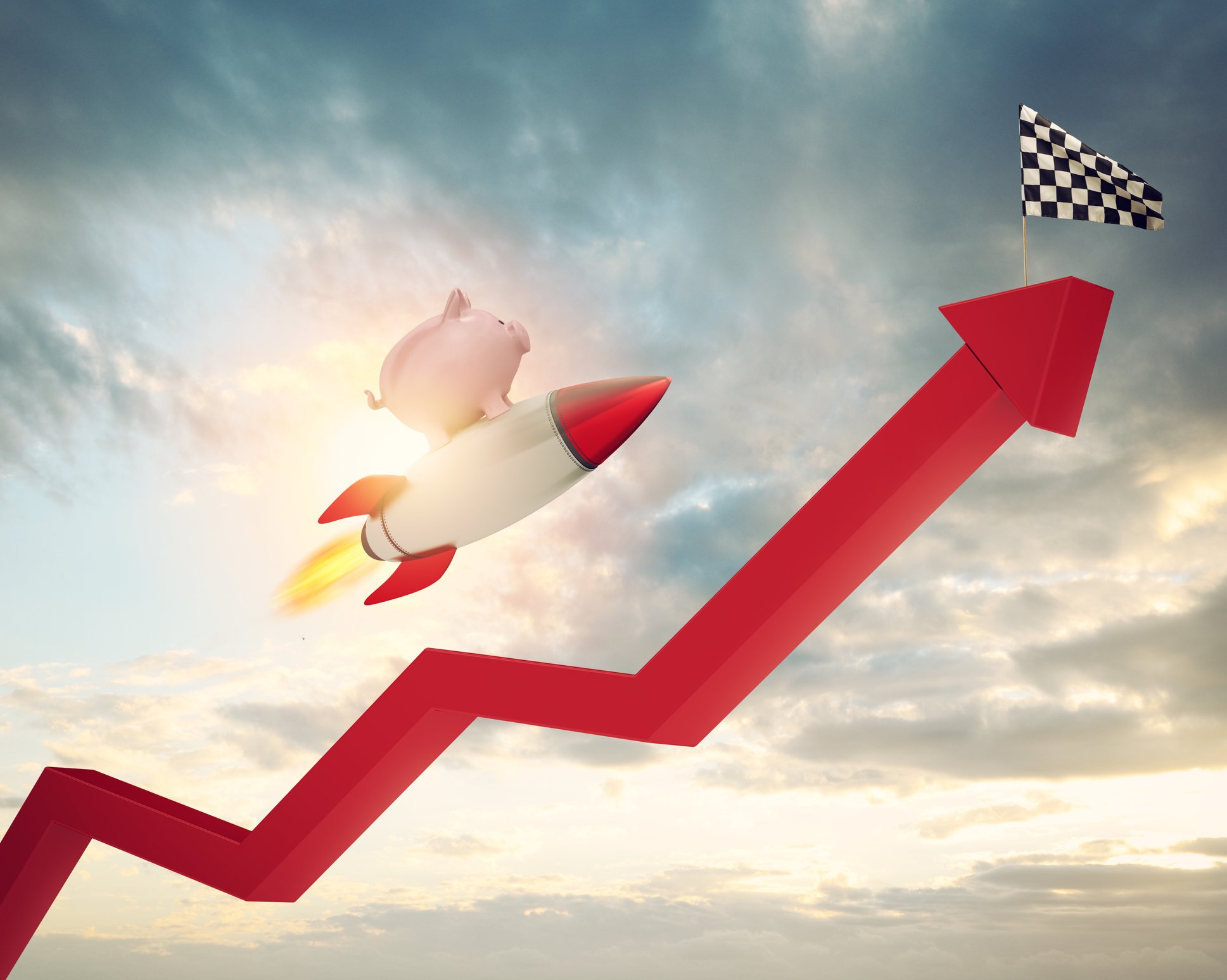Virgin Galactic Holdings (SPCE 5.11%) reported its fourth-quarter and full-year 2019 results at the end of last month. This was the space tourism pioneer's first quarterly report as a public company, as it became publicly traded in October via a reverse merger. (This method allows companies to go public more quickly than the usual initial public offering, or IPO, route.)
Shares dropped 15.5% on the day following the release. While top- and bottom-line results missed Wall Street's expectations, the main culprit behind the stock's plunge was probably the coronavirus-driven market sell-off. Investors have been particularly ditching speculative and highly valued stocks.
The stock, which closed at $14.69 on Friday, March 13, is 61% off its all-time closing high of $37.35, set on Feb. 19. However, it's still up nearly 25% from when the company joined the public markets.
The earnings call covered much great information. My focus here is on parts of the call that seem to make it obvious that Virgin Galactic is not going to meet its aim of launching the world's first commercial spacecraft into suborbital space with paying passengers on board in 2020. [Transcript via Seeking Alpha.]

Spaceport in New Mexico. Image source: Virgin Galactic.
1. Management was already hedging on the commercial launch goal before the coronavirus became a pandemic
From CEO George Whitesides' remarks:
While we would like to have some initial commercial revenue this year, the main focus for this year from a company and engineering perspective is working to get the vehicles and our operations prepared for long-term regular commercial service.
Virgin Galactic's earnings call was held on Feb. 25. At that time, the novel coronavirus was causing an extremely worrisome epidemic that had spread well beyond China's borders. Just a couple weeks later, that epidemic had morphed into an official global pandemic. As of Sunday afternoon, March 15, there were more than 156,000 confirmed cases of COVID-19 globally and nearly 6,000 deaths from the illness. Those tallies in the United States were at least 2,952 and at least 57, respectively.
Given this scenario, which is poised to get much worse, there is no way that Virgin will be launching its first commercial spacecraft with paying passengers on board this year. No sane person who is paying $250,000 for a luxury experience will want to needlessly be inside a small enclosed space with strangers, acquaintances, or even friends during this pandemic. The company's spaceships can hold two pilots and six passengers.
Moreover, one or more customers contracting COVID-19 sometime during their astronaut experience -- which includes more than the actual flight -- would make for a public relations nightmare for Virgin Galactic.
2. The Astronaut Readiness Program involves significant people contact and travel
From Whitesides' remarks:
On November 15, 2019, we kicked off our Astronaut Readiness Program, the process of preparing future astronaut-customers for their flights to space, at the Under Armour Global Headquarters in Baltimore, including undertaking a number of flight preparation activities. This enabled some of our earliest customers to be fitted for their flight suits, do their medicals, receive training on health and wellness ...
The prep activities listed above all involve people contact. Moreover, getting fitted for a flight suit and receiving a medical evaluation involve close physical contact.
In addition, there's the transportation issue. Surely, all early customers don't live locally to Baltimore. Many of them probably took a flight or a train to attend the program. At this stage in the pandemic, taking public transportation of any kind for non-essential travel isn't a good idea.
3. The end-to-end customer experience involves much people contact and travel
From Whitesides' remarks:
The end-to-end customer experience ... goes beyond just the experience in the cabin of the spaceship during a spaceflight. It includes the training our customers will receive prior to their flight, both during their time at Spaceport America as well as earlier in their journey as they get prepared to take their flight.
It includes the hospitality experience customers will receive on the ground: at the Spaceport, at the hotel, and throughout their entire stay. This is not just limited to the people flying to space, but extends to their invited family and friends as well.
Flights to New Mexico, hotel stays, and dining and mingling with not only one's own family and friends, but other customers' families and friends and Virgin employees? These things are not going to happen during the early or middle stages of this pandemic.
Takeaway
I'm not discouraging investors from holding Virgin Galactic stock, just encouraging folks to get real about expectations. The pandemic makes 2020 a no-go for a commercial launch. That, in turn, pushes back the timeline for the company's financial projections (which are based on a summer 2020 launch), including that it will generate very modest positive earnings before interest, taxes, depreciation, and amortization in 2021.
The length and the severity of the pandemic are big unknowns. But my sense at this point is that the best-case scenario for Virgin Galactic's commercial launch date is the summer of 2021. Late 2021 or 2022 might be more realistic.






